Shades of deep blue and green have been enriching our interiors lately.
Whether painted on your walls or picked out with furnishings and accessories, blues and greens are signature colours for this year.
So, with this in mind, we got to wondering about the availability of these colours to the artist and decorator before the synthetic manufacture of blue and green paint.
For the most part, until the 1940s or so, paints were manufactured using true pigment: powders that were mineral in origin and dug out of the ground, or processed from vegetable matter or animal bones.
Because sources were limited, greens and blues were difficult to produce.
Malachite – ground to a powder – was the brightest and most expensive naturally occurring green pigment known to the ancients.
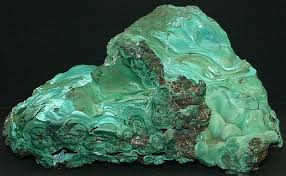
Malachite stone
And blue could be produced by crushing the semi-precious stone lapis lazuli to render an ultramarine blue pigment.
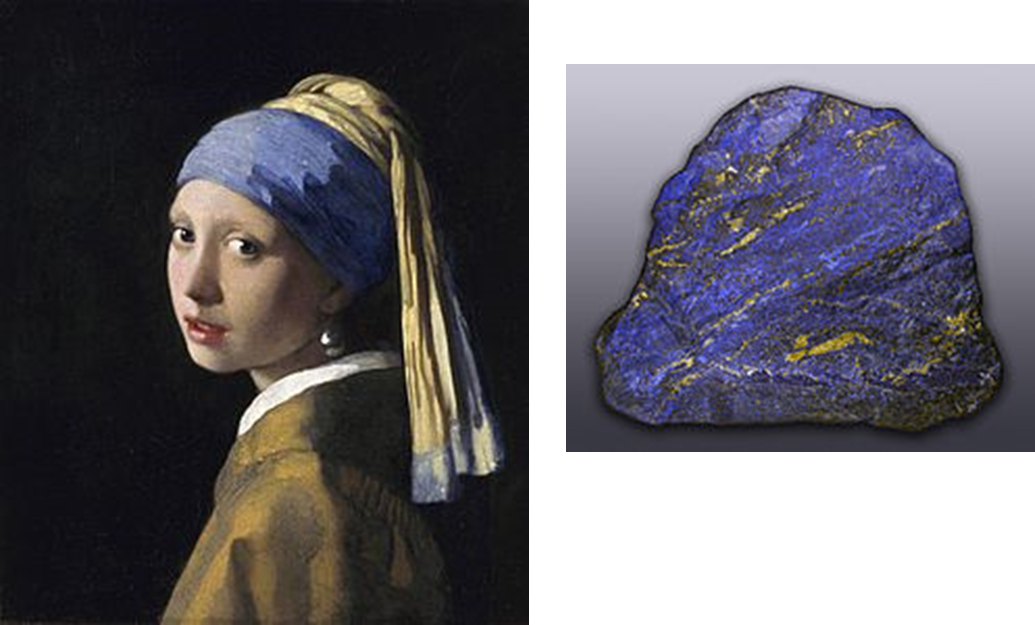
(L) Girl with a Pearl Earring, 1666, Johannes Vermeer; (R) Lapis Lazuli stone
Owing to the expense of mining lapis, and the quantities required, it cost more than its weight in gold.
Hence it was reserved for use by some of the most important artists of the Renaissance and Baroque including Titian and Vermeer. Word has it that, due to his rather abundant use of ultramarine, Vermeer proceeded to sink his family into debt. Perhaps more wisely Michelangelo, too poor to acquire the costly pigment, left his painting The Entombment (c.1500) incomplete.
By Roman times, artists had learnt to make their own green verdigris pigment by suspending copper sheets above containers of vinegar.
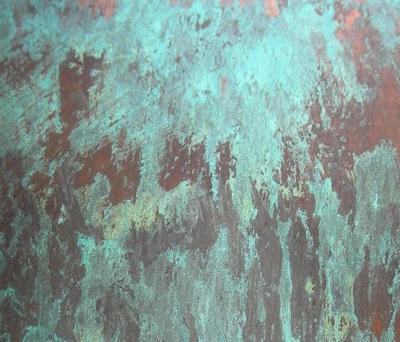
Green verdigris on copper sheet
And blue was produced by mixing verdigris with sal ammoniac and oil of tartar.
This practice remained in use until the early 1600s by which time blues and greens could be artificially manufactured as a by-product of silver refining. Known as blue and green refiner’s verditer, these pigments were cheap and therefore used widely in decoration. Nevertheless, they were far from reliable, the blue often reverting to green.
By the mid-nineteenth century, other more sophisticated greens and blues were on the market but, as ever, the greens were bluish and the blues were greenish.
Era of modern paint manufacture: blue and green paint comes into general production.
Thus, it is with the advent of synthetic paint manufacture that a myriad of blues and greens has become available to us. And where the green is bluish and the blue a bit greenish, you can be sure it is wholly intentional!
If you’re looking to introduce some greens and blues into your interiors, British paint manufacturers have a fabulous array of hues to choose from.
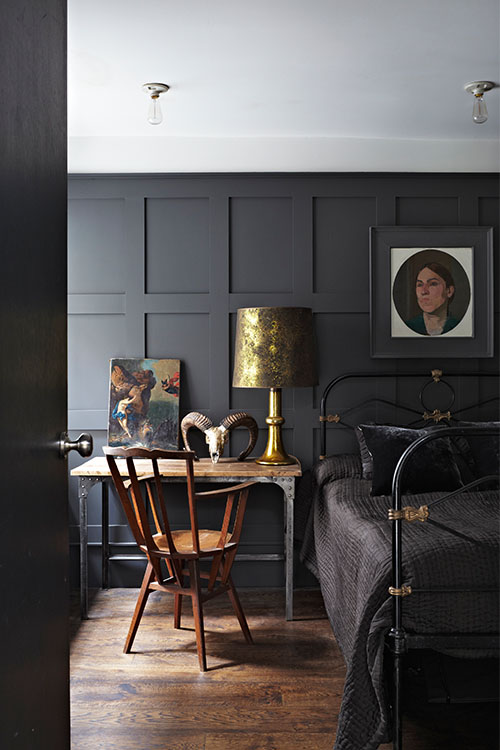
Image credit: Farrow & Ball. Colour: Railings No.31.
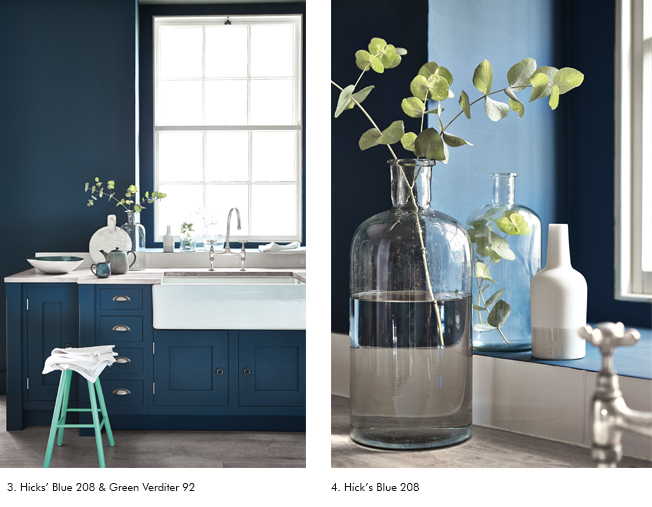
Image credit: Little Greene.
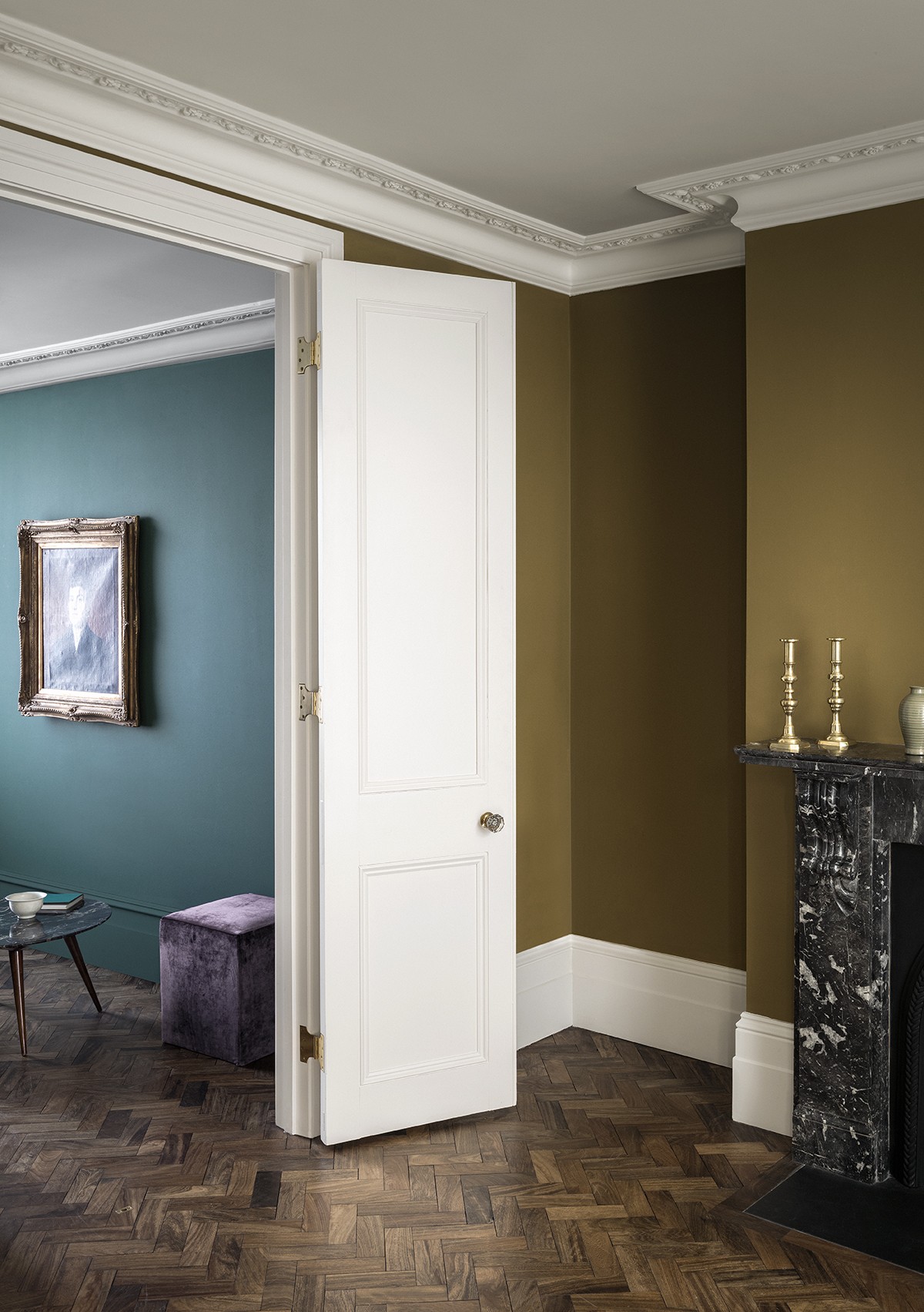
Image credit: Paint & Paper Library. Colours: Hunter Dunn and Muga.